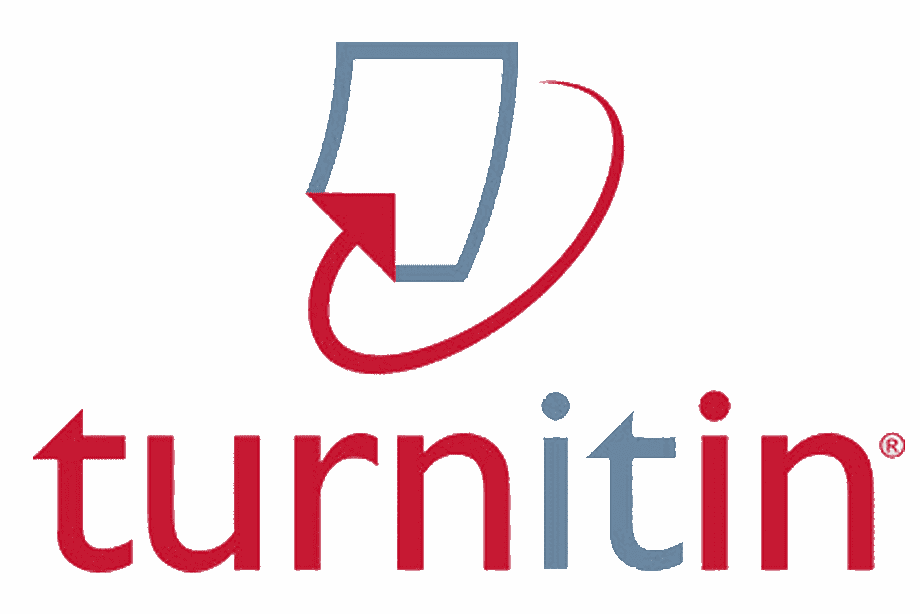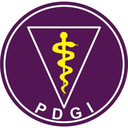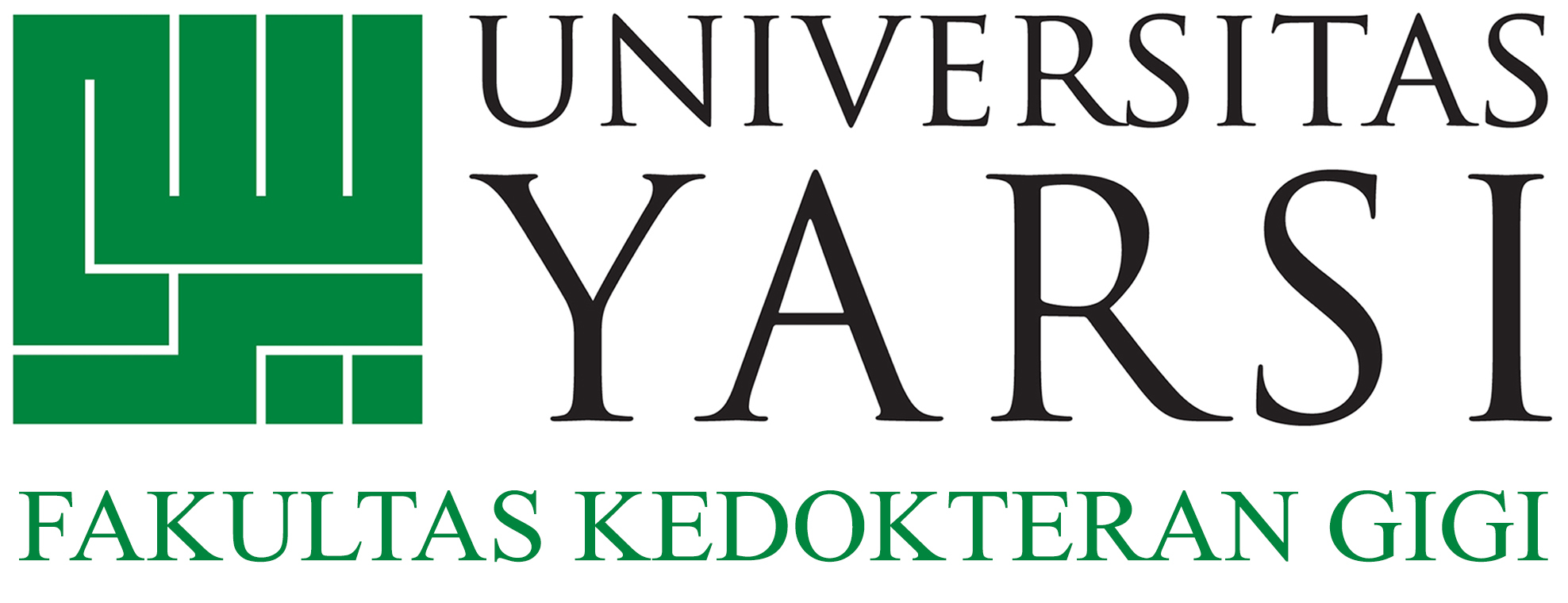Cytotoxic activity of Ethyl-p-Methoxycinnamate from Kaempferia galanga in HSC-4 Oral Cancer Cells
Abstract
Abstract
Introduction: Oral cancer is a prevalent malignancy associated with high mortality and morbidity, primarily due to its poor prognosis. Recently, phytomedicines have attracted interest for their potential role in chemotherapy. Kaempferia galanga, a medicinal herb, has shown anticancer properties in various human cancer cell lines, mainly due to its active compound, ethyl-p-methoxycinnamate (EPMC). Objective: This in vitro study aimed to assess the cytotoxic effects of EPMC on the HSC-4 oral cancer cell line. Materials and Methods: HSC-4 cells were treated with various concentrations of EPMC for 24 hours, and cytotoxicity was measured using the MTT assay. Results: EPMC exhibited dose-dependent cytotoxicity, with an IC50 value of 0.032 mg/mL. Discussion: These findings suggest that EPMC is a promising anticancer agent. Further research should investigate its molecular mechanisms and potential as a chemosensitizer when combined with standard chemotherapeutic drugs. Conclusion: EPMC induces cytotoxicity in HSC-4 cells, positioning it as a promising candidate for further exploration in oral cancer treatment.
Keywords: Cytotoxicity, EPMC, HSC-4, Oral Cancer
References
REFERENCES
Scully C, Bagan J. Oral squamous cell carcinoma: overview of current understanding of aetiopathogenesis and clinical implications. Oral Dis. 2009;15(6):388-99. doi: 10.1111/j.1601-0825.2009.01563.x.
Bugshan A, Farooq I. Oral squamous cell carcinoma: metastasis, potentially associated malignant disorders, etiology and recent advancements in diagnosis. F1000Res. 2020;9. doi: 10.12688/f1000research.22941.1.
Huang S, O'Sullivan B. Oral cancer: Current role of radiotherapy and chemotherapy. Med Oral Patol Oral Cir Bucal. 2013;18. doi: 10.4317/medoral.18772.
Love R, Leventhal H, Easterling D, Nerenz D. Side effects and emotional distress during cancer chemotherapy. Cancer. 1989;63. doi: 10.1002/1097-0142(19890201)63:3<604::AID-CNCR2820630334>3.0.CO;2-2.
Verstappen C, Heimans J, Hoekman K, Postma T. Neurotoxic complications of chemotherapy in patients with cancer. Drugs. 2012;63:1549-63. doi: 10.2165/00003495-200363150-00003.
D'Alterio C, Scala S, Sozzi G, Roz L, Bertolini G. Paradoxical effects of chemotherapy on tumor relapse and metastasis promotion. Semin Cancer Biol. 2020;S1044-579X(19):30073-7. doi: 10.1016/j.semcancer.2019.08.019.
Zheng Z, Zhang L, Hou X. Potential roles and molecular mechanisms of phytochemicals against cancer. Food Funct. 2022;13:4191-209. doi: 10.1039/d2fo01663j.
Khairullah A, Solikhah T, Ansori A, Hanisia R, Puspitarani G, Fadholly A, Ramandinianto S. Medicinal importance of Kaempferia galanga L. (Zingiberaceae): A comprehensive review. J Herbmed Pharmacol. 2021;10. doi: 10.34172/JHP.2021.32.
Kumar A. Phytochemistry, pharmacological activities and uses of Indian traditional medicinal plant Kaempferia galanga L. - An overview. J Ethnopharmacol. 2020;112667. doi: 10.1016/j.jep.2020.112667.
Tritripmongkol P, Plengsuriyakarn T, Tarasuk M, Na-Bangchang K. In vitro cytotoxic and toxicological activities of ethanolic extract of Kaempferia galanga Linn. and its active component, ethyl-p-methoxycinnamate, against cholangiocarcinoma. J Integr Med. 2020;18(2):137-44. doi: 10.1016/j.joim.2020.04.002.
Liu B, Liu F, Chen C, Gao H. Supercritical carbon dioxide extraction of ethyl p-methoxycinnamate from Kaempferia galanga L. rhizome and its apoptotic induction in human HepG2 cells. Nat Prod Res. 2010;24:1927-32. doi: 10.1080/14786419.2010.490913.
Al-Khedhairy A, Wahab R. Silver nanoparticles: An instantaneous solution for anticancer activity against human liver (HepG2) and breast (MCF-7) cancer cells. Metals. 2022;12(1). doi: 10.3390/met12010148.
Apriani R, Abdullah F. Cytotoxic activity of ethyl-para-methoxycinnamate from Kaempferia galanga L. on A549 lung cancer and B16 melanoma cancer cells. J Kimia Sains dan Aplikasi. 2021;24:22-8. doi: 10.14710/JKSA.24.1.22-28.
Ichwan S, Husin A, Suriyah W, Lestari W, Omar M, Kasmuri A. Anti-neoplastic potential of ethyl-p-methoxycinnamate of Kaempferia galanga on oral cancer cell lines. Mater Today Proc. 2019;S2214-7853(19):30360-5. doi: 10.1016/J.MATPR.2019.06.100.
Romijn J, Verkoelen C, Schroeder F. Application of the MTT assay to human prostate cancer cell lines in vitro: Establishment of test conditions and assessment of hormone-stimulated growth and drug-induced cytostatic and cytotoxic effects. Prostate. 1988;12. doi: 10.1002/pros.2990120112.
Sieuwerts A, Klijn J, Peters H, Foekens J. The MTT tetrazolium salt assay scrutinized: how to use this assay reliably to measure metabolic activity of cell cultures in vitro for the assessment of growth characteristics, IC50-values and cell survival. Clin Chem Lab Med. 1995;33:813-24. doi: 10.1515/cclm.1995.33.11.813.
Kurihara-Shimomura M, Sasahira T, Nakashima C, Kuniyasu H, Shimomura H, Kirita T. The multifarious functions of pyruvate kinase M2 in oral cancer cells. Int J Mol Sci. 2018;19(10). doi: 10.3390/ijms19102907.
Yuan P, Jiang S, Wang Q, Wu Y, Jiang Y, Xu H, Jiang L, Luo X. Prognostic and chemotherapeutic implications of a novel four-gene pyroptosis model in head and neck squamous cell carcinoma. PeerJ. 2024;12. doi: 10.7717/peerj.13962.
Iida S, Shimada J, Sakagami H. Cytotoxicity induced by docetaxel in human oral squamous cell carcinoma cell lines. In Vivo. 2013 May-Jun;27(3):321-32. PMID: 23606687.
Ledzewicz U, Schättler H, Gahrooi M, Dehkordi S. On the MTD paradigm and optimal control for multi-drug cancer chemotherapy. Math Biosci Eng. 2013;10(3):803-19. doi: 10.3934/MBE.2013.10.803.
Takimoto C. Maximum tolerated dose: clinical endpoint for a bygone era? Target Oncol. 2009;4(2):143-7. doi: 10.1007/s11523-009-0108-y.
Bayat Mokhtari R, Homayouni TS, Baluch N, Morgatskaya E, Kumar S, Das B, Yeger H. Combination therapy in combating cancer. Oncotarget. 2017 Jun 6;8(23):38022-43. doi: 10.18632/oncotarget.16723. PMID: 28410237; PMCID: PMC5514969.
Downloads
Published
How to Cite
Issue
Section
License
Copyright (c) 2024 Wastuti Hidayati Suriyah, Abdul Razak Kasmuri, Muhammad Lokman Md. Isa, Solachuddin J. A. Ichwan

This work is licensed under a Creative Commons Attribution-ShareAlike 4.0 International License.

This work is licensed under a CC Attribution-ShareAlike 4.0

 Wastuti Hidayati Suriyah
Wastuti Hidayati Suriyah
 Universitas YARSI
Universitas YARSI






